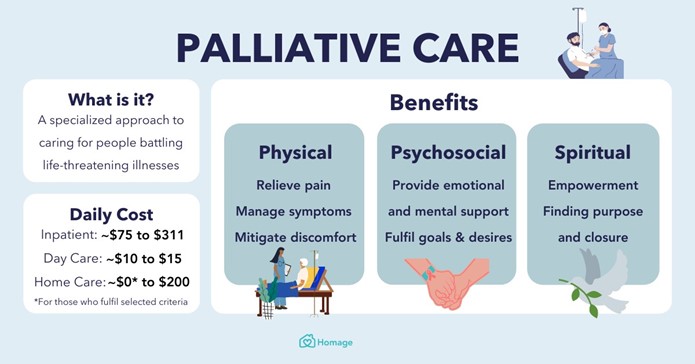A nurse is preparing to bathe a client who has dementia. Which of the following actions should the nurse take?
Complete the bath even if the client is in distress.
Allow the client to select the temperature of the bath water.
Give detailed instructions for the client to follow.
Use distractions when bathing the client.
The Correct Answer is D
A. Complete the bath even if the client is in distress. – Forcing the bath can increase agitation and damage trust. If the client becomes distressed, pause, reassure, and try again later.
B. Allow the client to select the temperature of the bath water. – Clients with dementia may have impaired sensory perception, increasing the risk of burns or discomfort. The nurse should check the water temperature to ensure safety.
C. Give detailed instructions for the client to follow. – Clients with dementia may struggle to process multiple steps, leading to frustration. Instead, use simple, one-step instructions and gentle guidance.
D. Use distractions when bathing the client. Clients with dementia may experience anxiety, agitation, or distress during bathing. Using distractions, such as playing soothing music, talking about familiar topics, or providing a comforting touch, can help make the experience less stressful and more cooperative.
Nursing Test Bank
Naxlex Comprehensive Predictor Exams
Related Questions
Correct Answer is A
Explanation
When providing end-of-life care for a client, the nurse should encourage the client to make choices regarding their hygiene. This allows the client to have some control over their care and can help them feel more comfortable.
Option b is incorrect because offering the client sips of a citrus flavored soda may not be appropriate for all clients and should be based on individual preferences and needs.
Option c is incorrect because positioning the client supine in bed may not be comfortable for all clients and should be based on individual preferences and needs.
Option d is incorrect because suctioning the client's airway every hour may not be necessary and should be based on individual needs.

Correct Answer is A
Explanation
When caring for a client who has a tracheostomy, the nurse should secure the tracheostomy ties to allow one finger to fit snugly underneath. This helps ensure that the tracheostomy tube is secure and prevents accidental dislodgement.
b) A cotton tip applicator should not be used to clean inside the inner cannula as it can leave fibers behind
and increase the risk of infection.
c) The skin around the stoma should be cleansed with sterile saline, not normal saline, to reduce the risk of infection.
d) The outer cannula should not be soaked in warm, soapy tap water as this can introduce bacteria and increase the risk of infection.

Whether you are a student looking to ace your exams or a practicing nurse seeking to enhance your expertise , our nursing education contents will empower you with the confidence and competence to make a difference in the lives of patients and become a respected leader in the healthcare field.
Visit Naxlex, invest in your future and unlock endless possibilities with our unparalleled nursing education contents today
Report Wrong Answer on the Current Question
Do you disagree with the answer? If yes, what is your expected answer? Explain.
Kindly be descriptive with the issue you are facing.
